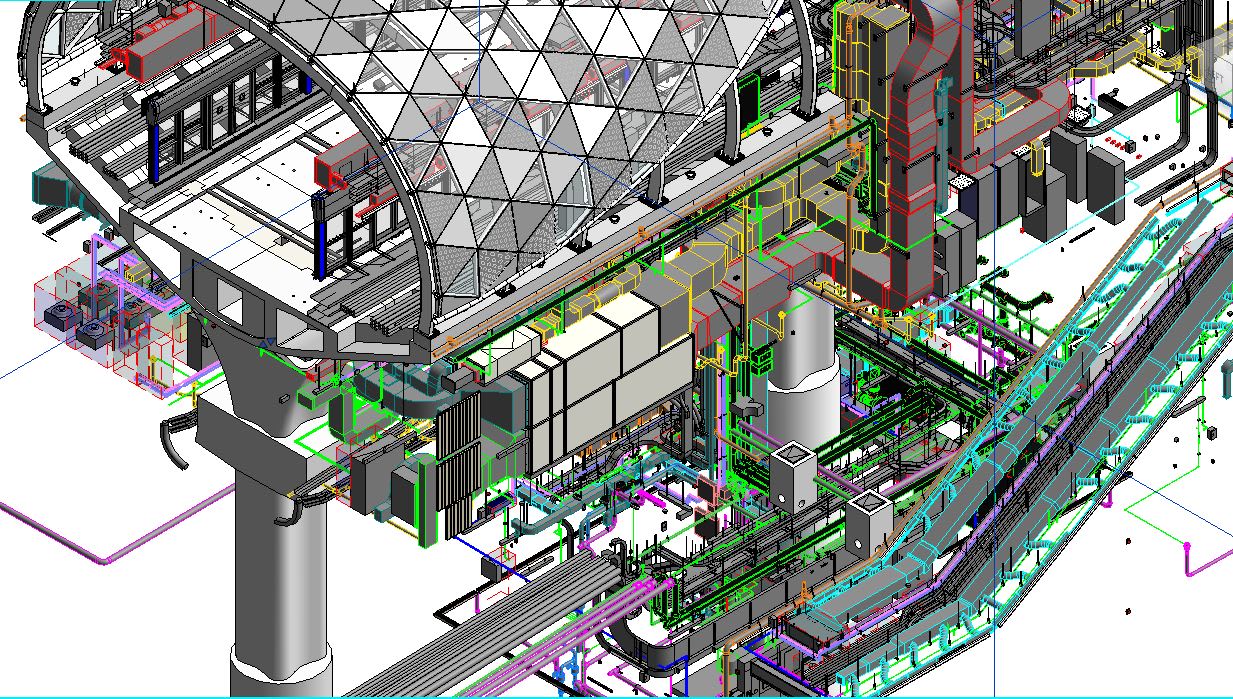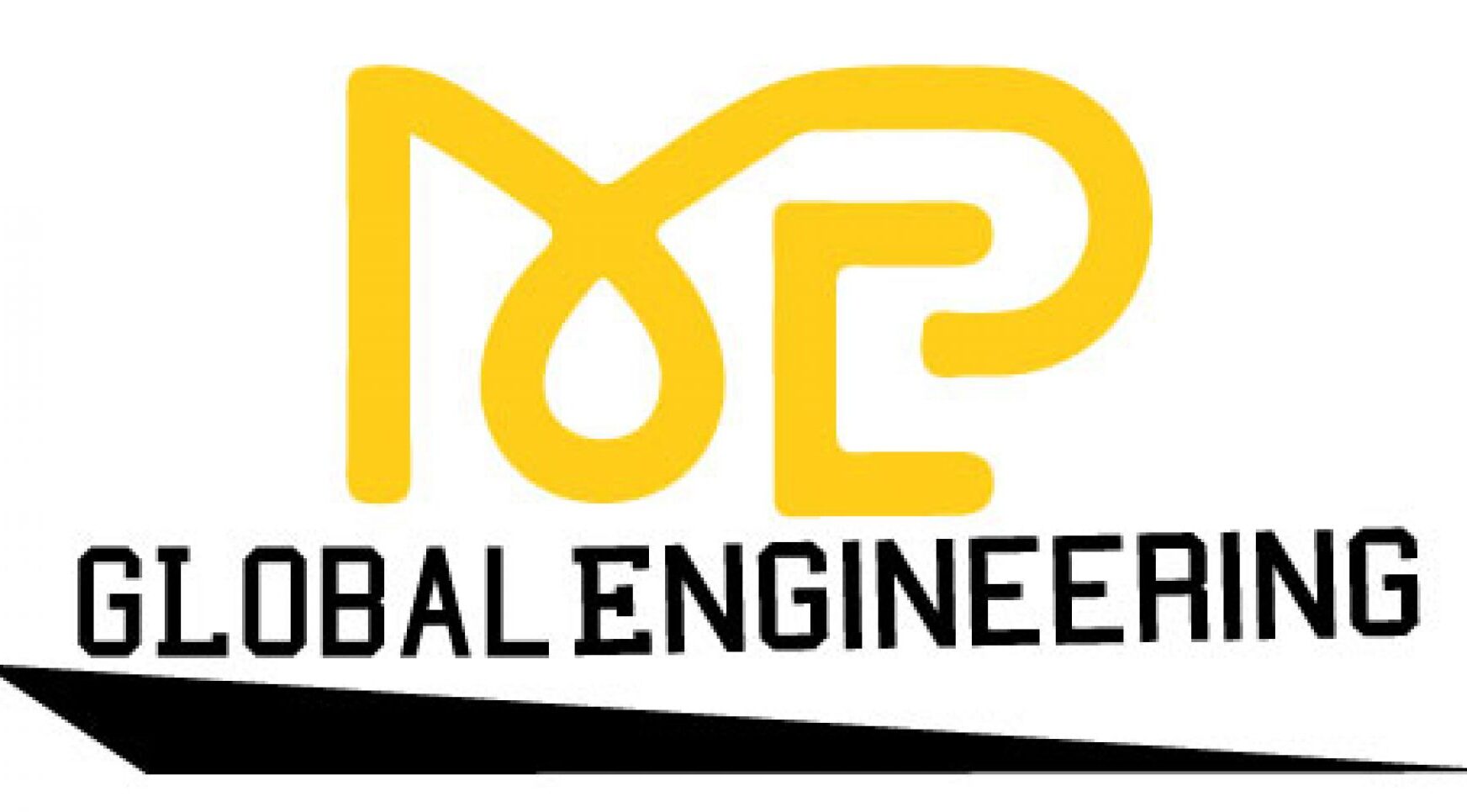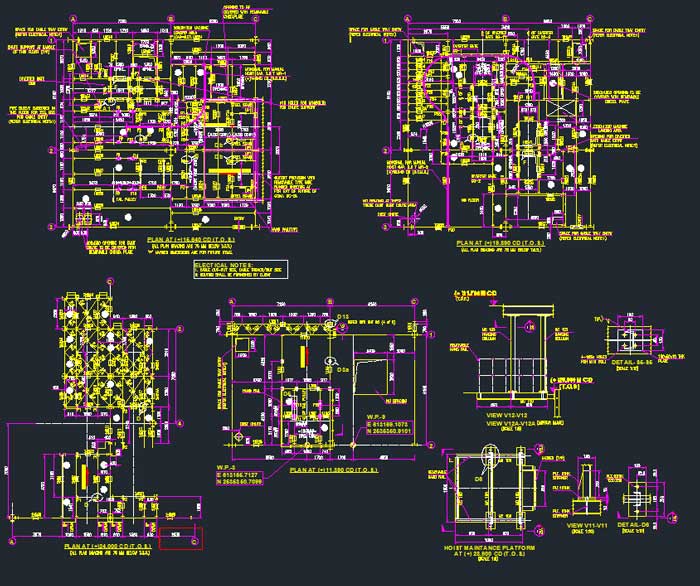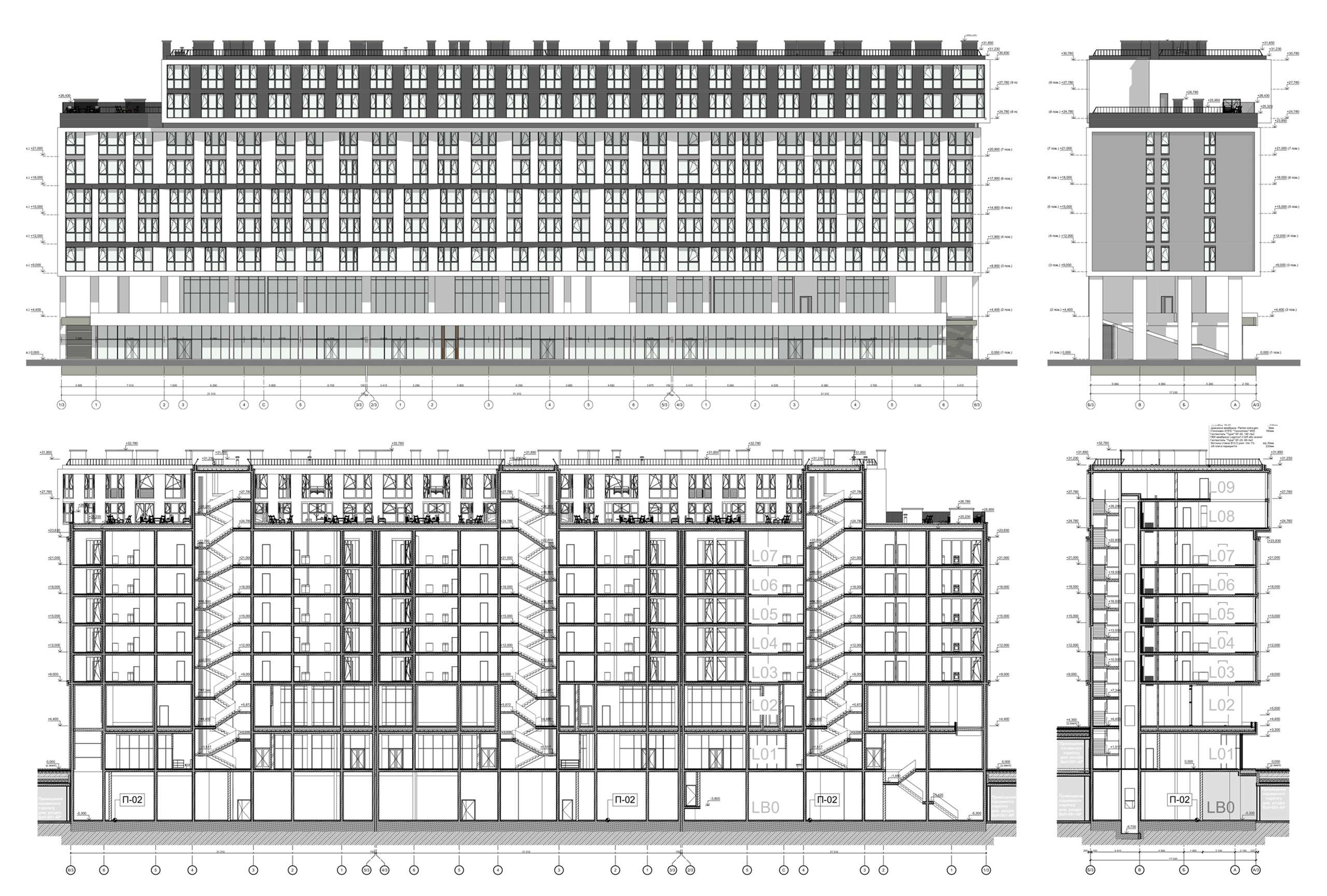
BIM the Future of Engineering
Is BIM the Future of Engineering? Revolutionizing Workflows and Boosting Efficiency – MEP Global Engineering
BIM (Building Information Modeling) is undeniably revolutionizing the engineering landscape, and your astute observation about its advantages is absolutely correct. This cutting-edge technology is not just a passing trend; it’s a game-changer that’s reshaping how we approach design, construction, and management of buildings and infrastructure. By creating detailed, data-rich 3D models, BIM enables unprecedented collaboration, efficiency, and accuracy throughout a project’s lifecycle. It’s transforming traditional workflows, reducing errors, and ultimately saving time and money.
BIM’s ability to simulate various scenarios and optimize designs is pushing the boundaries of what’s possible in engineering, leading to more sustainable, cost-effective, and innovative solutions. As more professionals recognize its potential, BIM is quickly becoming an indispensable tool, setting a new standard for excellence in the industry.
Let’s break down BIM in simple terms by answering some key questions: Is BIM the future of Engineering?
Yes, Building Information Modeling (BIM) is swiftly evolving into the gold standard within the engineering and construction industry. This revolutionary approach represents far more than a passing trend; it signifies a paradigm shift in our methodology for conceptualizing, executing, and maintaining built environments. BIM’s transformative power lies in its ability to create comprehensive, data-rich digital representations of physical structures, enabling unprecedented levels of collaboration, efficiency, and insight throughout a project’s lifecycle. By integrating multi-dimensional modeling with real-time data, BIM empowers stakeholders to make more informed decisions, minimize errors, and optimize resource allocation.
This holistic approach not only streamlines the design and construction phases but also extends its benefits well into the operational life of a facility, offering enhanced maintenance capabilities and long-term cost savings. As the industry continues to embrace this technology, we’re witnessing a fundamental reimagining of traditional processes, paving the way for smarter, more sustainable, and more resilient infrastructure.
How does BIM save time?
Automated documentation: Changes in one part of the model update everywhere, revolutionizing how we maintain and synchronize information. This powerful feature eliminates the tedious and error-prone process of manually updating multiple documents. Imagine the time and effort saved when a single modification automatically propagates throughout the entire system, ensuring consistency and accuracy across all related documentation. This not only reduces the risk of outdated or conflicting information but also allows teams to focus on more value-added tasks.
Faster design iterations: Quick visualizations and analysis of different options.
Reduced rework: Early clash detection prevents on-site issues.
Streamlined collaboration: All team members work on the same model simultaneously.
How does BIM reduce copy and paste errors?
Single source of truth: One model contains all information, reducing data duplication.
Automated updates: Changes propagate throughout the model automatically.
Standardized components: Libraries of pre-built elements ensure consistency. How does BIM help assess the impact of changes quickly?
Real-time updates: Changes reflect immediately across all views and documentation.
Parametric modeling: Adjusting one element automatically updates related components.
Instant analysis: Quick performance simulations for energy, structural integrity, etc.
What is BIM in simple terms?
BIM, or Building Information Modeling, is revolutionizing the construction industry by creating an incredibly detailed, intelligent digital twin of a building before a single brick is laid. This cutting-edge technology goes far beyond a simple 3D model; it’s a comprehensive, smart database that encapsulates every conceivable aspect of a building’s lifecycle. Imagine having access to a virtual representation that not only showcases the building’s precise geometry but also provides intricate details about its materials, associated costs, and even future maintenance schedules.
This powerful tool allows architects, engineers, and construction professionals to visualize and manipulate the building in ways never before possible. By integrating all this information into a single, cohesive platform, BIM enables better decision-making, reduces errors, and significantly improves project efficiency. It’s like having a crystal ball that allows you to foresee and address potential issues long before they become costly problems on the construction site. Moreover, BIM’s value extends well beyond the construction phase.
Facility managers can leverage this wealth of information to optimize building performance, plan maintenance more effectively, and even simulate various scenarios to enhance energy efficiency. In essence, BIM is not just changing how we design and construct buildings; it’s transforming how we interact with and manage our built environment throughout its entire lifespan.
Why is BIM important?
Improved coordination: Reduces conflicts between different building systems.
Better decision-making: Provides clear visualizations and data for informed choices.
Cost savings: Identifies issues early, reducing expensive on-site changes.
Lifecycle management: Supports the building from design through operation and maintenance.
By integrating Building Information Modeling (BIM) into their workflow, MEP Global Engineering is boldly positioning itself at the vanguard of the industry, offering clients a revolutionary approach to project delivery that is unparalleled in its efficiency, accuracy, and collaborative potential. This forward-thinking strategy not only dramatically slashes project timelines and minimizes costly errors but also opens up a world of possibilities for groundbreaking, sustainable design solutions that were previously unimaginable.
The adoption of BIM technology represents a paradigm shift in how engineering projects are conceived, developed, and executed. By creating detailed, data-rich 3D models that encompass every aspect of a building’s mechanical, electrical, and plumbing systems, MEP Global Engineering is able to provide clients with an unprecedented level of insight and control over their projects.
This comprehensive approach allows for real-time collaboration between all stakeholders, from architects and engineers to contractors and facility managers, ensuring that potential conflicts are identified and resolved long before they become costly issues on the construction site. Moreover, the enhanced visualization and simulation capabilities offered by BIM enable MEP Global Engineering to push the boundaries of innovative design.
By leveraging this cutting-edge technology, the firm can explore and evaluate multiple design alternatives quickly and cost-effectively, leading to more optimized and sustainable solutions that not only meet but exceed client expectations. This commitment to innovation and sustainability positions MEP Global Engineering as a trusted partner for clients who are looking to create buildings that are not just functional, but truly visionary.



